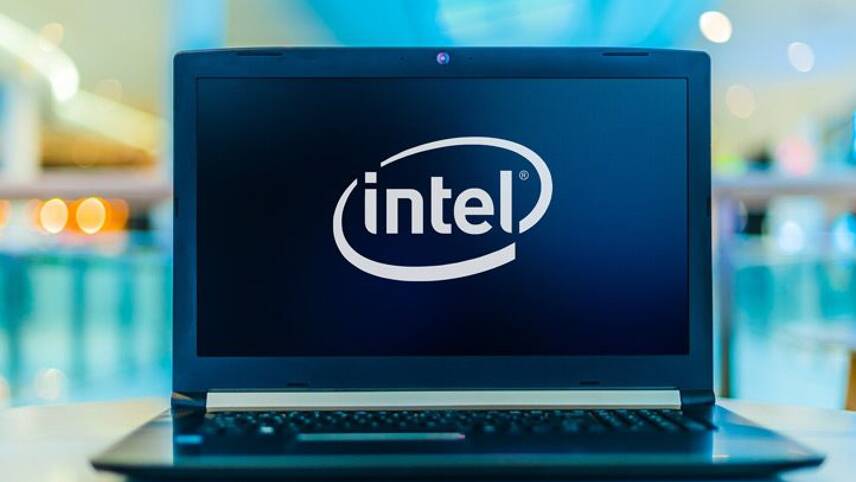Register for free and continue reading
Join our growing army of changemakers and get unlimited access to our premium content

The strategy is focused on water stewardship
Intel announced the new goals alongside its annual Corporate Responsibility Report. The report reflected on efforts to improve water efficiency, energy efficiency and waste diversion.
The new 2030 goals will see Intel work with computer manufacturers to create an energy-efficiency PC that eliminates carbon, water and waste at both the design and operation phase. Specifically, the company is exploring how sensor technology to reduce power usage, partnering with material vendors on recyclable packaging and developing longer-term, energy-efficient architectures could contribute. Intel believes this would make it the most sustainable PC on offer.
More broadly, the strategy is focused on water stewardship, zero-waste manufacturing and powering operations and facilities with renewables.
“With our new goals, we challenge ourselves to achieve net positive water use, 100% renewable power, zero total waste to landfills and additional absolute carbon emissions reductions, even as we grow. We will also launch collaborative initiatives to drive additional carbon emissions reductions and sustainable chemistry practices across our industry,” Intel’s director of corporate responsibility Suzanne Fallender said in a blog post.
Intel has also confirmed plans to collaborate with industry and policymakers to explore the role of technology in reducing emissions from high-impact sectors. A joint report produced by the GSMA and the Carbon Trust found that mobile technology use enabled a global reduction in emissions of more than 2,100 million tonnes in 2018 – savings that were almost 10 times greater than the global carbon footprint of the mobile industry alone.
Progress to date
The annual report reveals that Intel has increased renewables power to 71% globally and has reduced direct carbon emissions by 39% on an intensity basis from a 2010 baseline. Over a 20-year period, scope 1 and 2 emissions have fallen 31% on an absolute basis, despite Intel “significantly” expanding its manufacturing capacity.
On water conservation efforts, Intel has saved approximately 44 billion gallons of water over the past decade. For renewables use, Intel’s green power equates to 37 billion kWh, enough to power three million US households for a year.
Intel also recently announced a Pandemic Response Technology Initiative, which uses cloud technology, artificial intelligence (AI) and high-performance technology solutions to help diagnose, treat and hopefully cure coronavirus patients and help prepare for future pandemics.
“The world is facing challenges that we understand better each day as we collect and analyse more data, but they go unchecked without a collective response – from climate change to deep digital divides around the world to the current pandemic that has fundamentally changed all our lives,” Intel’s chief executive Bob Swan added. “We can solve them, but only by working together.”
Matt Mace


Please login or Register to leave a comment.